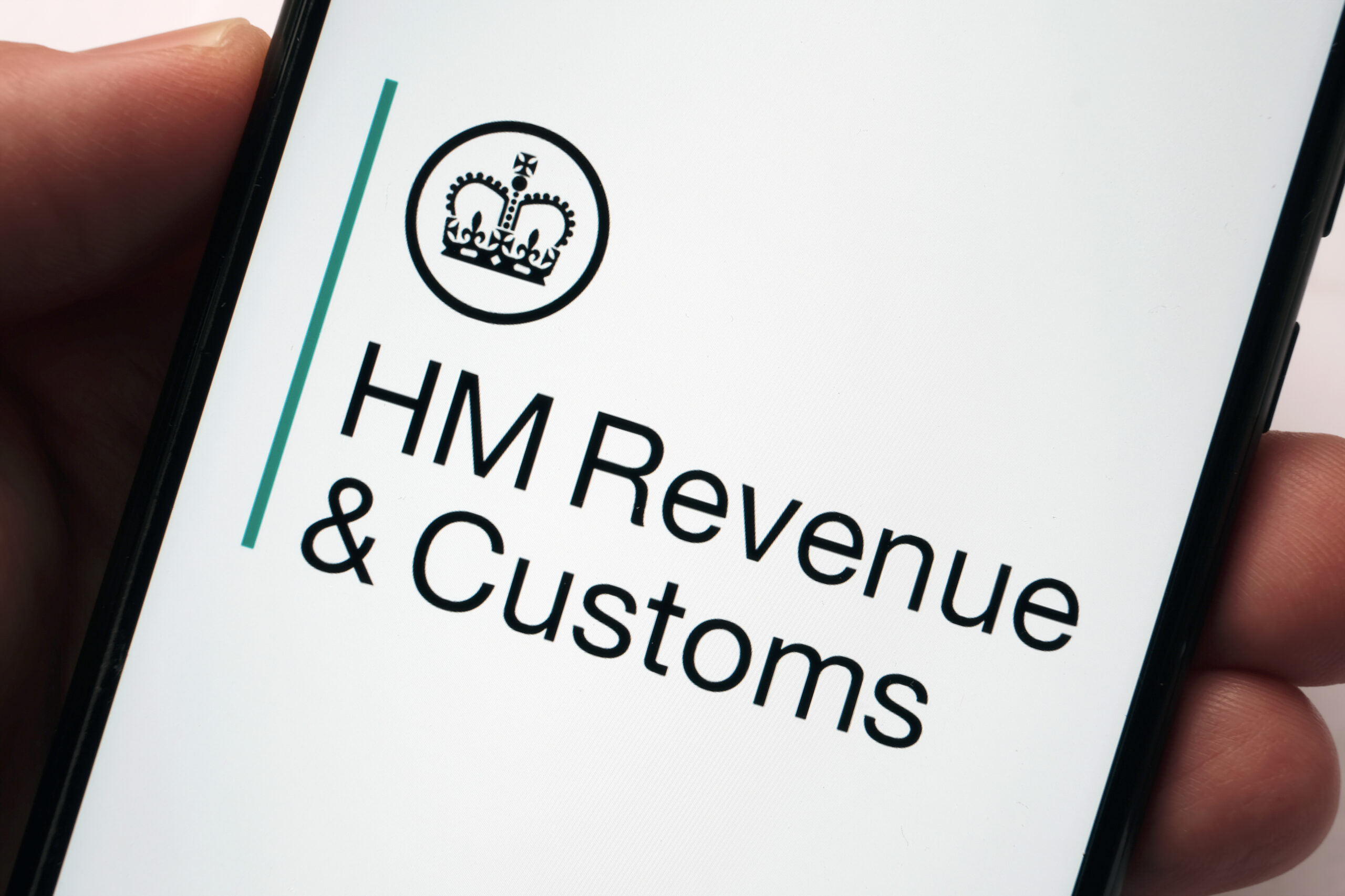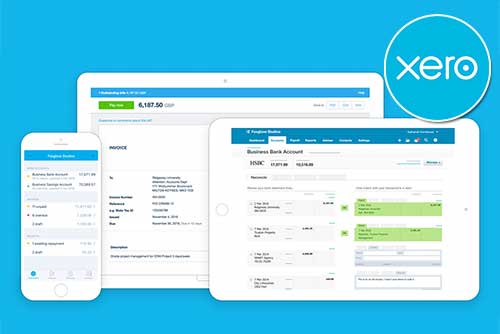Direct Costs vs Indirect Costs: Understanding the Difference
Understanding the distinction between direct costs and indirect costs is crucial for all businesses. Whether you’re managing a small startup or overseeing a multinational corporation, grasping these concepts can significantly impact decision-making, budgeting, and overall financial health.
Let’s delve into what direct and indirect costs entail, their differences, and why they matter.
What are Direct Costs?
Direct costs are expenses directly attributable to the production of a specific product or service. These costs are easily traceable and can be allocated to a particular cost object, such as a product, service, or project.
Examples of Direct Costs
- Raw Materials
- Direct Labour
- Manufacturing Supplies
- Machinery and Equipment
- Packaging
- Shipping
What are Indirect Costs?
Indirect costs, often referred to as overhead costs, are expenses that are not directly tied to a specific product or service. They are the costs that keep the business running, regardless of the products or services being produced. These costs can be variable or fixed, with variable indirect costs fluctuating, such as electricity and gas, and fixed indirect costs remaining constant, like rent.
Examples of Indirect Costs
- Utilities
- Rent and Depreciation
- Administrative Salaries
- Office Supplies
- Insurance
- Advertising and Marketing
The Differences Between Direct and Indirect Costs
Direct costs are those that are directly tied to a specific project or product. These costs are easily traceable and can include materials, labour, and other expenses directly involved in the creation or delivery of a product or service.
On the other hand, indirect costs are not directly linked to a specific project or product. These are the expenses (like rent and utilities) that keep the business running, regardless of the specific projects underway. These costs are necessary for the business to operate, but they are not tied to the production or delivery of a specific product or service.
The Impact of Direct and Indirect Costs on Business
Understanding the distinction between direct and indirect costs is vital for several reasons:
Impact on Operations
Direct costs often require immediate attention as they directly impact the cost of goods sold. On the other hand, indirect costs contribute to overall overhead and operational expenses. By understanding and effectively managing both types of costs, businesses can allocate funds appropriately, minimise or optimise costs, avoid surprises, and ensure the availability of resources for ongoing operations and growth initiatives.
Impact on Profitability
Effective management of both direct and indirect costs is essential for maintaining healthy profit margins. By monitoring expenses and implementing cost-saving measures, businesses can enhance profitability and financial stability.
Impact on Decision-Making
Understanding the full cost structure, including both direct and indirect costs, is critical when evaluating investment opportunities. Businesses must consider not only the initial investment but also the ongoing operational costs associated with any new venture or project.
Analysing direct and indirect costs can provide insights into areas where productivity and efficiency can be improved. By identifying inefficiencies and implementing process improvements, businesses can reduce costs and enhance competitiveness.
Impact on Tax Savings
Direct and indirect costs influence tax savings for businesses in various ways. Direct costs such as raw materials and direct labour are typically deductible expenses, reducing taxable income. Capital expenditures on assets used in production may also qualify for depreciation deductions. Indirect costs like rent, utilities, and administrative salaries contribute to overall operations and are often deductible as ordinary business expenses.
By effectively managing both direct and indirect costs in alignment with tax regulations, businesses can minimise their tax liability and enhance their financial performance.
Understanding Direct and Indirect Costs in Business
Understanding the difference between direct and indirect costs is crucial for any business. Recognising these costs and their impact on your business is key to maintaining accurate books and making informed business decisions. They play a significant role in your income statements and tax deductions and can influence your funding options for your small business.





















